[hypothetical hand-brewing coffee] will the exhaust of the filter cup affect the flow rate?
Professional coffee knowledge exchange more coffee bean information please follow the coffee workshop (Wechat official account cafe_style)
Recently, the editor has seen this saying on the Internet that "the exhaust of the filter cup will affect the flow rate", and even extends the theory that "the exhaust affects the drainage speed, the drainage speed affects the flavor" and so on, because it is not quite clear how it came from. I don't know how to verify this kind of thing, so let's take it as a hypothesis.
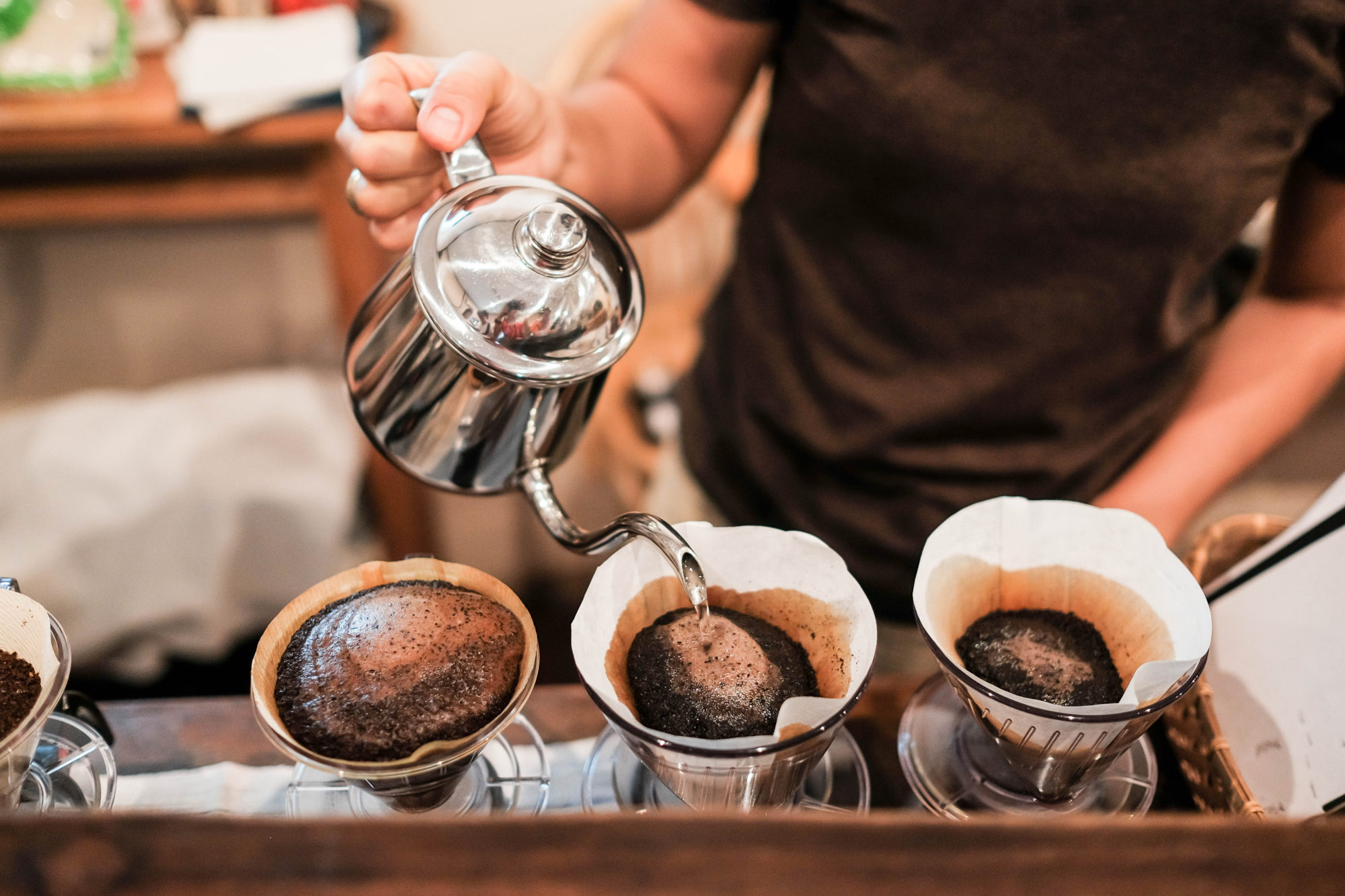
The reason why this statement cannot be verified is that if there is exhaust, then where is it coming from? And how are all kinds of exhaust discourses observed? No one knows!
Let's recall the process of hand flushing: prepare the filter cup, put the filter paper, pour the coffee powder, inject hot water, and then wait for the hot water to flow through the filter cup to the next pot. The only thing that is easier to observe is when the coffee powder comes into contact with hot water, and it is obvious that the gas is discharged from the liquid.
But how to observe the exhaust of the filter cup when flushing by hand?
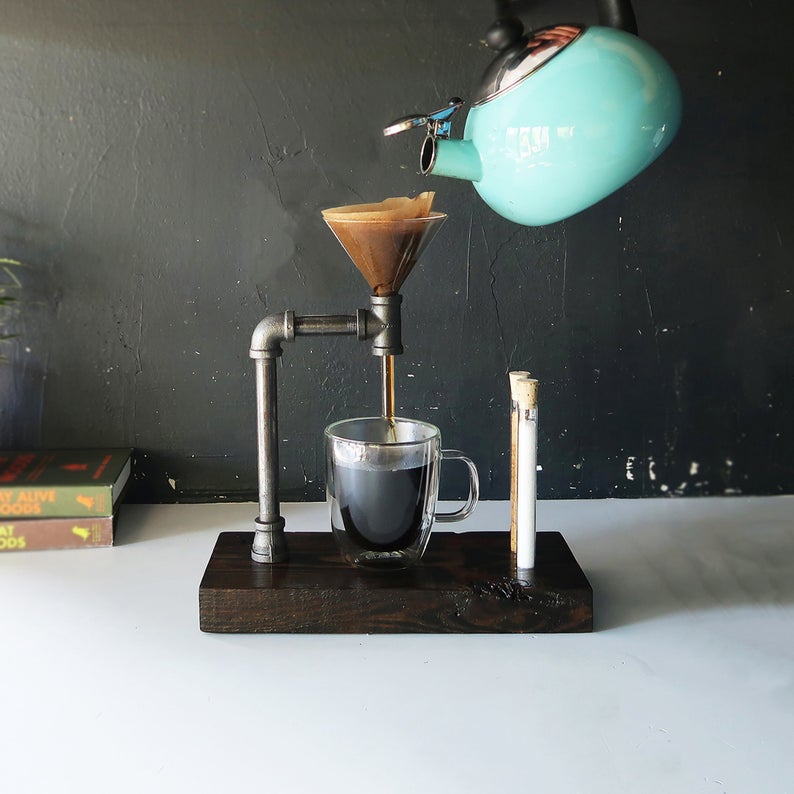
First, the big wall that the air cannot penetrate: filter paper
Did you know that when the history of China reached the Emperor Taizu of the Ming Dynasty, he invented a creative way to carry out the death penalty. After firmly binding the prisoner's limbs, they covered the prisoner's face with one piece of wet cotton paper after another (a few more sheets of insurance to prevent the prisoner from breaking the paper during the struggle), and used this method to suffocate people alive. The reason is very simple, because after wetting the paper, it is not easy for the air to pass through, and people will suffocate because of the lack of oxygen.
Let's give another practical example to illustrate that if you have had the experience of taking a bath, whether it is a bathtub or a hot spring. There should be a similar experience: wet a towel, wrap the air and press it into the water. After forming a towel balloon in the water, squeeze the air out. Yes, do you think the pore of the towel or the filter paper is large? Do you think the water in the filter cup puts more pressure on the air, or does your hand in the water put more pressure on the air?
Is the amount of water in the filter cup really enough to press the air through the filter paper when flushing by hand? After all, for the air, the resistance to moving upward is much smaller.
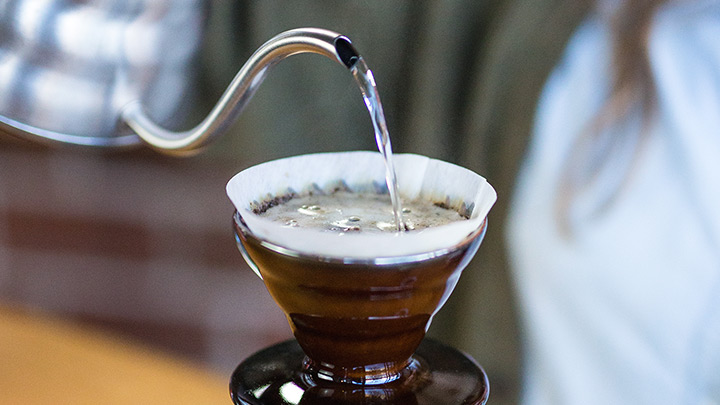
Second, the upward discharge of air is less likely to affect the drainage of the filter cup.
It is impossible to say that the upward discharge of air will affect the downward flow of water, because, like the southbound and northbound lanes of the highway, they are basically two different things. If anyone can find a reasonable way to verify that the exhaust of coffee powder encountered by hot water will affect the drainage speed of coffee brewing, please send a private message to the editor.
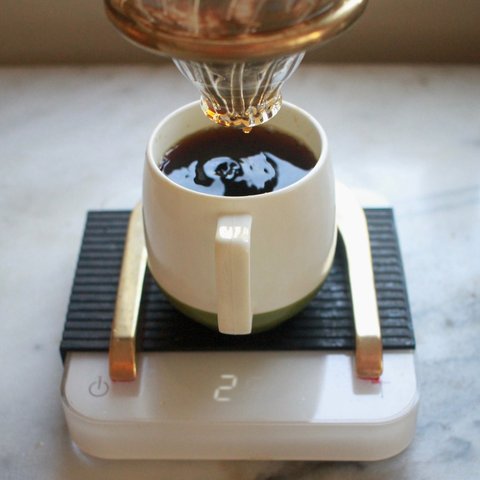
How to observe the exhaust between the filter cup and the filter paper?
Assuming that the first two items are true, then the only thing that can barely stand is the gap between the filter paper and the filter cup. Between the filter paper and the filter cup, when the hot water passes through the filter paper, squeeze out the air in the gap of the ribs so that the water can pass through.
This may make sense when applied to a low-fit filter cup like the Hario V60, but how do you observe exhaust if it is a filter cup that fits tightly between the filter paper and the cup, such as the KONO or hazel cup? If it is a cooking tool like a hollowed-out filter cup, it is completely open space, how can there be exhaust?
Only assuming that the whole environment is closed, the air pressure will have an impact on the flow of the liquid. For example, if you completely seal the filter cup and the sharing pot, and the sharing pot has no other exhaust channels, just like the straw, you can use the pressure difference to control the movement of water in the straw, so that we can better confirm the effect of air resistance on liquid flow.
To say the least, if this statement of filter cup exhaust can be established, how to calculate the "volume" of exhaust?
Therefore, the question of how to exhaust the filter cup is actually a question with no answer. I don't know how to observe it, let alone how to verify it.
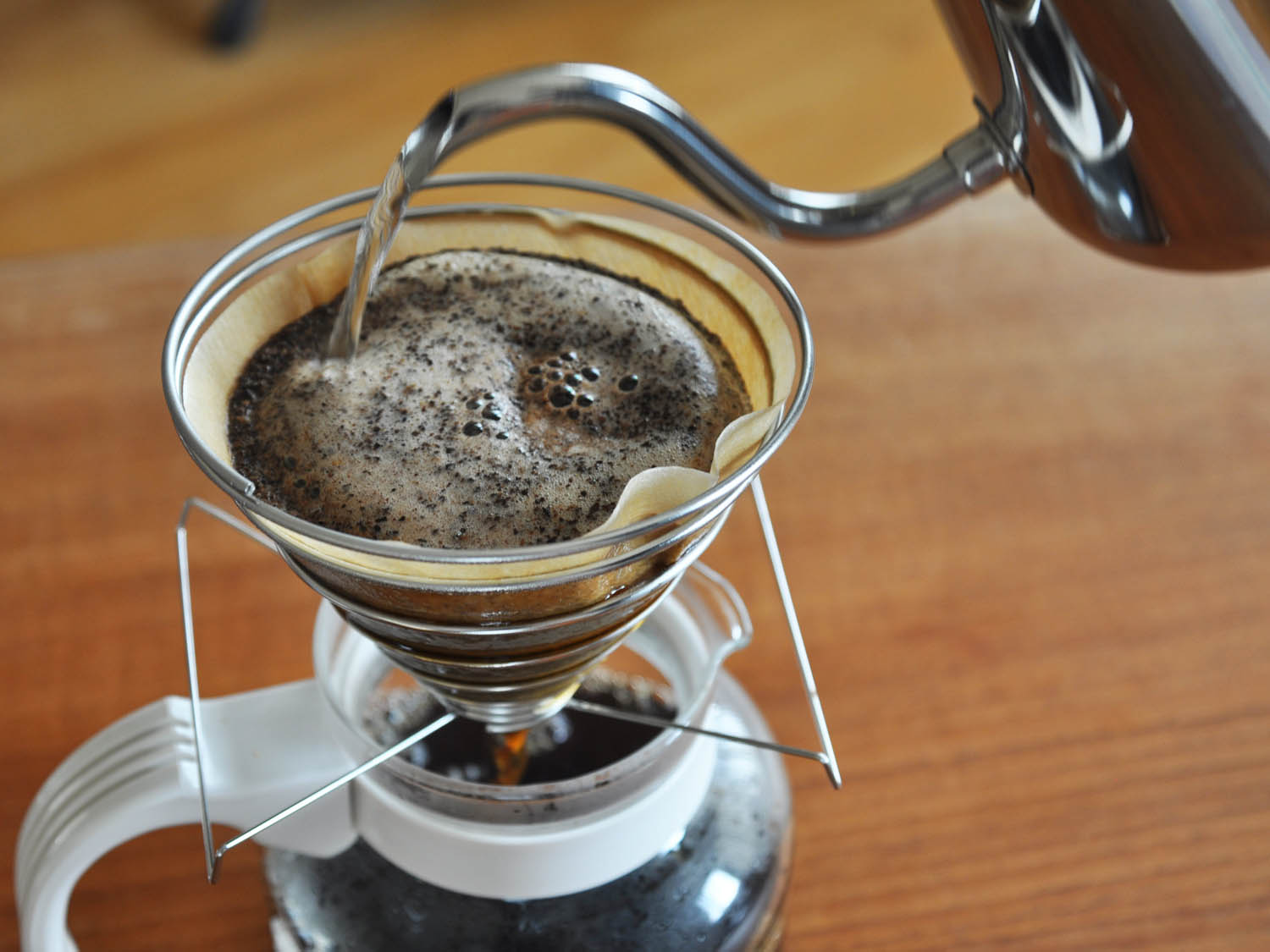
Fourth, you don't need civil science to make coffee.
In fact, a deeper analysis of the causes of the difference in drainage speed is totally unnecessary for ordinary people, because we are not developing filter cups, as long as we can use filter cups to flush out the coffee we want.
If the exhaust of the filter cup will cause a difference in the flavor of the coffee, the editor would rather believe that in the process of brewing, the coffee liquid comes into contact with the air, so that some of the more active chemicals in the coffee can be further changed. so that the flavor of coffee will be significantly different with different filter cups. For example, it's like sober up and let the air awaken certain smells (personal hypothesis).
There are so many factors that affect the flavor of coffee, and the filter cup is just one of them, just like when you're doing an experiment, when you have two or more operational factors at the same time, and many uncertainties that affect the results interact at the same time, you can't figure out the real reason.
If you want to know the difference of cooking with another filter cup, just give it a try. There is really no need to use complex and unverifiable "folk science" to analyze the structure of the filter cup.
END
Important Notice :
前街咖啡 FrontStreet Coffee has moved to new addredd:
FrontStreet Coffee Address: 315,Donghua East Road,GuangZhou
Tel:020 38364473
- Prev

The sun? Washing? Lure out the sweet and sour processing.
The processing of coffee cherries has an important influence on the final coffee flavor. Even the same coffee cherries will have different processing procedures, showing a completely different aroma and taste in the end. Not only that, in case there is something wrong with the processing process, it may also make the coffee flavor have a fatal defect, resulting in the whole batch of damaged beans reimbursed. Characteristics of their respective processing methods
- Next
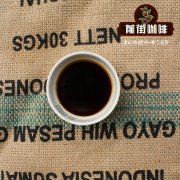
"fermentation" is more or less involved in the treatment of raw coffee beans, so how to ferment?
Professional coffee knowledge exchange more information about coffee beans Please pay attention to the coffee workshop (Wechat official account cafe_style) the processing of raw coffee beans involves fermentation more or less. Just like fermentation to wine, coffee fermentation directly affects the flavor and quality of coffee beans. For example, in order to strengthen the function of fermentation, red wine treatment, carbon dioxide treatment and so on are specially used.
Related
- What is the meaning of lactic acid fermentation with coffee bean treatment?
- How to judge the state of foam by sound?
- How does the latte pull out the unicorn pattern? Come to get for a little trick to improve the flower pull!
- Will flower pulling affect the taste of the latte?
- Do you know the history of coffee?
- The difference between honey treatment and sun washing what is raisin honey treatment?
- What kind of milk can a novice use to make coffee foam to keep the foam longer? The correct method and skills of milking tutorial sharing
- Why do washed coffee beans taste sour? Flavor characteristics of washed Coffee
- Introduction to the skill of how to practice the size and height of water injection around the circle of hand-brewed coffee
- How do beginners practice coffee flower drawing from scratch?

